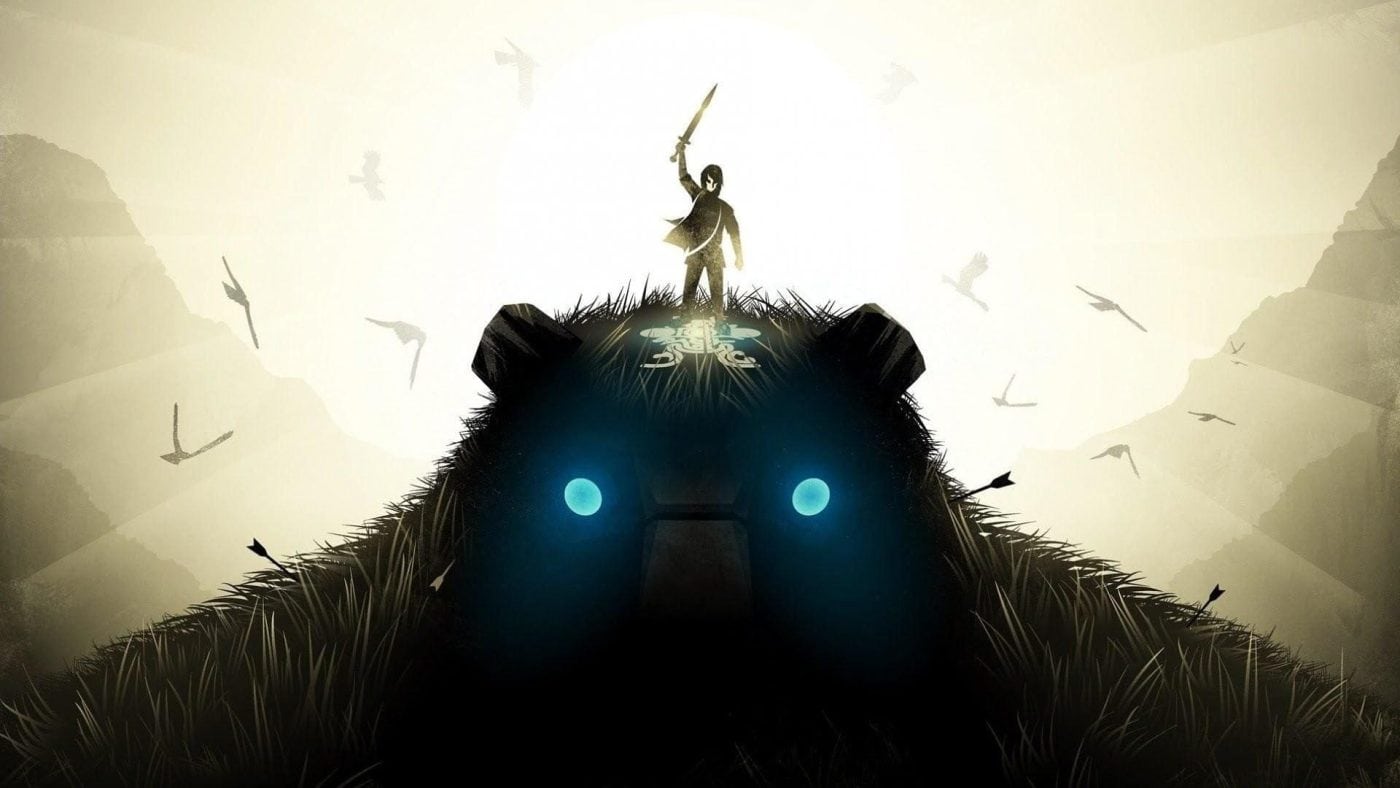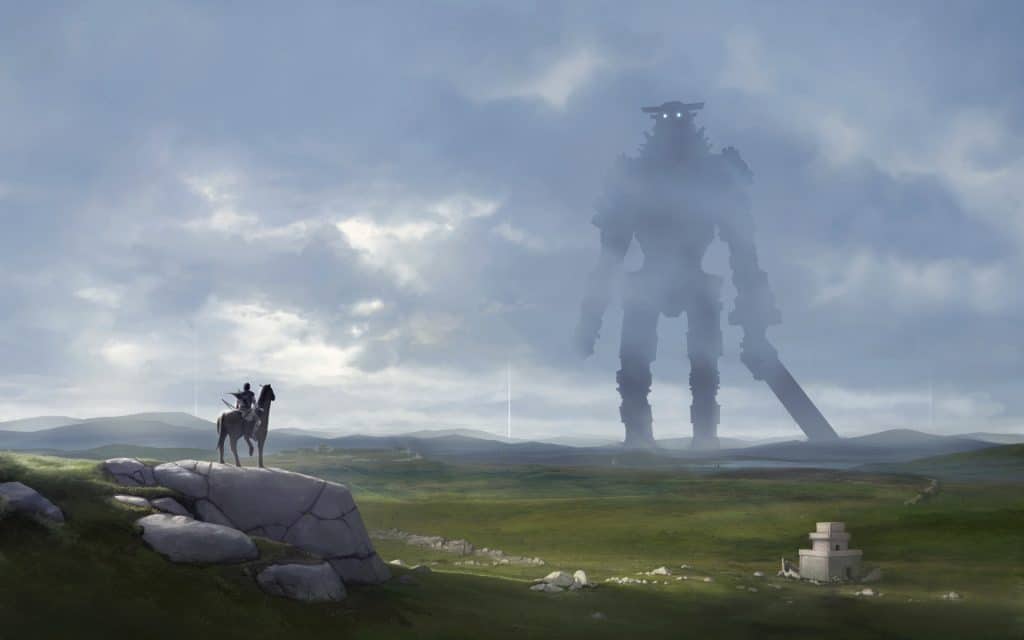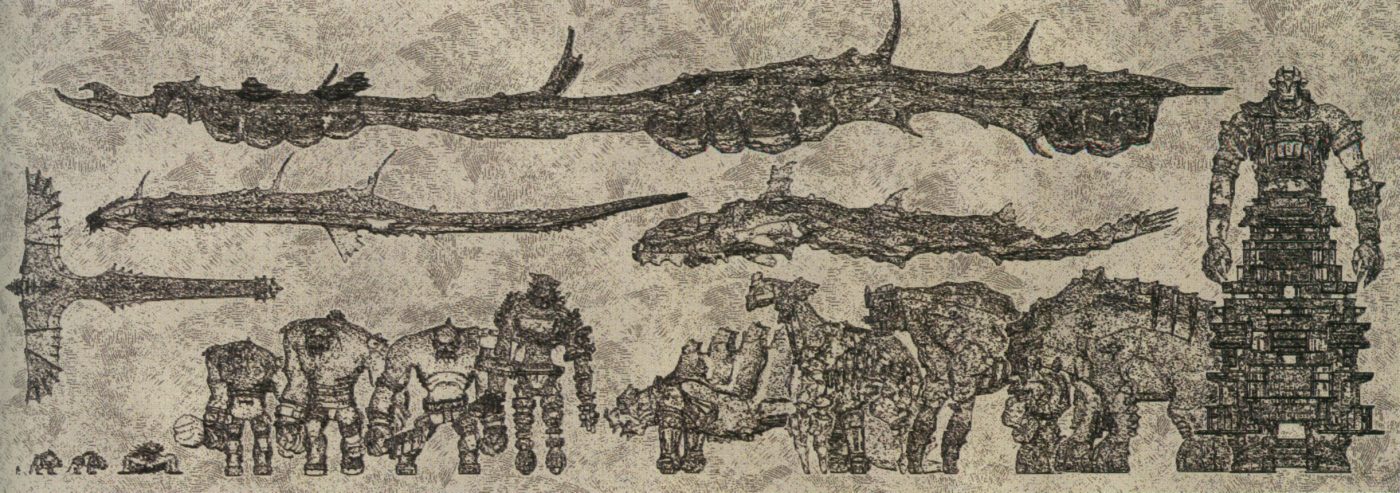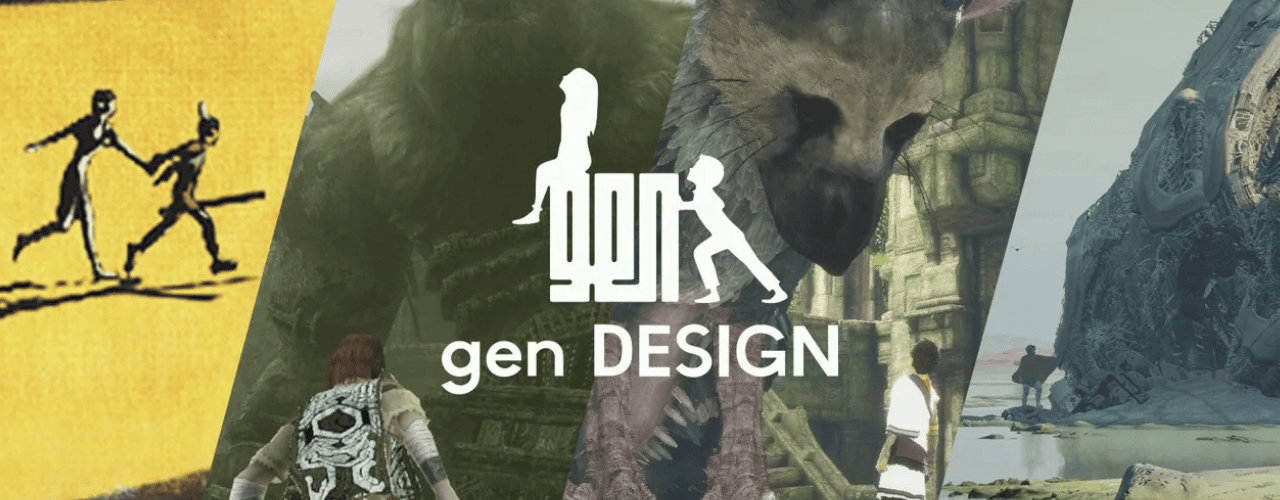Between what’s shown and what’s left unsaid: subtraction as the soul of Ueda’s storytelling.

Fumito Ueda, a visionary and pioneering Japanese game designer, earned his first major international acclaim with ICO, released on PlayStation 2. Far exceeding the bounds of a conventional video game, ICO offers an artistic journey imbued with rich symbolism and evocative silences: two characters—Ico, the horned boy, and Yorda, the mysterious maiden entrusted to the player’s care—navigate a world delicately balanced between dream and decay.
Despite widespread critical acclaim and a devoted niche audience, the game’s unconventional structure, measured pacing, and distinctly auteur-driven vision resulted in commercial performance that fell short of Sony’s expectations. Undeterred, the Japanese company chose to grant Ueda’s team a second opportunity, this time providing increased production resources and promotional support, steering the project toward a more spectacular and accessible direction. In 2005, Shadow of the Colossus was released—an opus destined to leave a lasting imprint on the landscape of contemporary video game artistry.

The Epic of Emptiness: Fumito Ueda’s Design by Subtraction in Shadow of the Colossus
At the core of Shadow of the Colossus lies one of Fumito Ueda’s boldest and most creative principles: design by subtraction. This design philosophy hinges on the removal of all but the essential, distilling the experience to its emotional and thematic core—the silent, tragic relationship between the protagonist and the towering colossi he must defeat. No side quests, no dialogue, no intrusive HUD. The world is vast, silent, and desolate—yet in its very sparseness, it becomes rich with atmosphere, tension, and solemnity. The gameplay is structured around a powerful, minimalist cycle: receiving cryptic instructions from Dormin, setting out on horseback with the faithful Agro, using the sword’s light to navigate, traversing majestic, empty landscapes, and ultimately discovering how to bring down each towering colossus.
Every design choice is meticulously crafted not to explain but to evoke—to transform absence into storytelling. This is an epic of emptiness, where silence and space speak louder than words.

The Colossi: Mythic Archetypes from a Lost World
At the heart of the gameplay experience stand the colossi—ancient, majestic, and melancholic giants. They are not mere enemies but silent witnesses of a vanished civilization, immobile guardians of a forgotten secret. Each encounter is a unique and unrepeatable challenge: their size, movements, climbing techniques, and the strategies needed to exploit their weak points vary with every battle, compelling the player to keenly observe the environment, the creature’s behavior, and their own position.
Some colossi soar through the skies, others dwell in the seas, while some blend seamlessly with the surrounding ruins. The sense of wonder is heightened by subtle yet masterful direction—through framing, pacing, and silence. Each colossus, once defeated, leaves a wound in the world—and an indelible mark on the hearts of both protagonist and player alike.
The “Colossal” Promotional Campaign that Shaped a Legend
The promotional campaign for Shadow of the Colossus was as meticulous and visionary as the game itself. Launched well ahead of the official release, the Giantology website simulated a series of journalistic-style reports detailing alleged archaeological discoveries and sightings of colossal creatures. Through expertly crafted yet entirely fictional content, the campaign succeeded in weaving an aura of mystery, cultivating a sense of narrative anticipation long before the game’s debut.
In doing so, Sony demonstrated not only steadfast confidence in the project but also a deep and nuanced understanding of its essence: a game that transcends mere entertainment to emerge as a contemporary myth, thoughtfully unveiled to captivate and engage its audience.

A New Chapter for Fumito Ueda: The GenDesign Era
Following the release of The Last Guardian in 2016, Fumito Ueda founded GenDesign, joined by several longtime collaborators from the original ICO team. The upcoming project, developed in collaboration with Epic Games, promises to be another deeply auteur-driven work, where subtraction once again emerges as both a defining stylistic and conceptual hallmark.
The few details unveiled so far—a sci-fi setting and the enigmatic figure of a mech—have already sparked early speculation and theories among the most devoted fans. Now, all that remains is to await the new, magnificent world that the brilliant mind of Fumito Ueda will guide us into once more.









